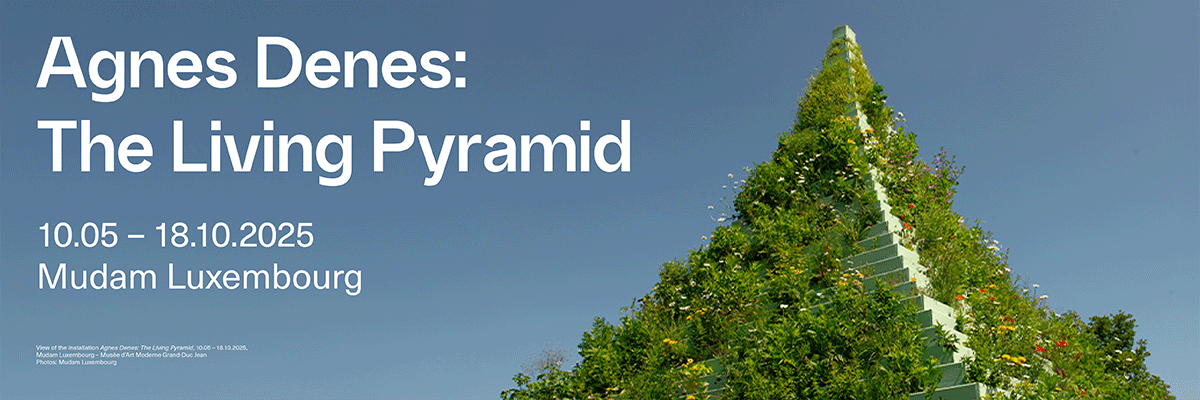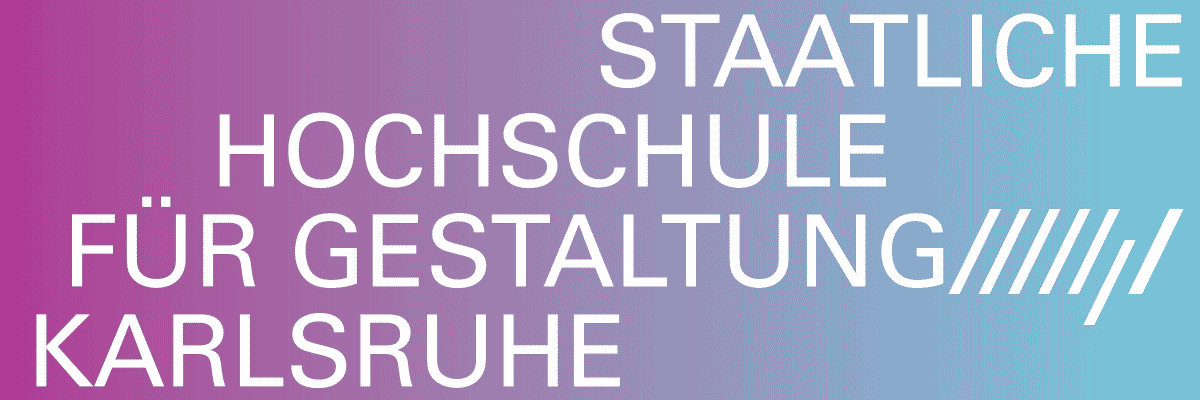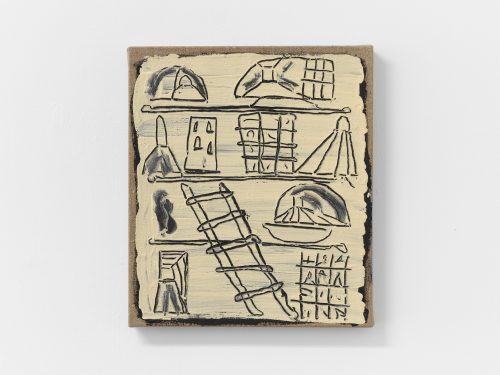
Jonas Höschl
Point of No Return

Jonas Höschl, SSSSSSuzuki (2024). Suzuki GS 750 (1976) + wooden display, 207 x 279 x 190 cm.
Advertisement

Installation shot.

Installation shot.

Jonas Höschl, Das Verschwinden der Hauswartsfrau des Vaters von Alexander Kluge (2025). Acrylic + fabric, 115 x 140 cm.

Installation shot.

Jonas Höschl, Dez 1974, Stuttgart (2024). Contact sheet J.-P. Sartre protocol of the press conference with Sartre silkscreen fired in glass.

Installation shot.

Jonas Höschl, Q 2/50 Nr. 15311 Bild 1 (2024). Contact sheet photographs of the inauguration of the S. Buback memorial print on Aludibond.

Installation shot.

Jonas Höschl, SSSSSSuzuki (2023). Video installation HD / 03:34 / color music by Florida Juicy, edited by Ruth Glas.

Jonas Höschl, SSSSSSuzuki (2023). Video installation HD / 03:34 / color music by Florida Juicy, edited by Ruth Glas.

Jonas Höschl, MERKBLATT (2024). Document from the BKA silkscreen fired in glass + overhead projection.

Installation shot.

Jonas Höschl, 18. Oktober 1977 (2025). Record, Paper aeroplane from Prisoner newspaper, silk- screen on glass, 50 x 50 cm.

Jonas Höschl, Den Toten - Hommage an Hans-Peter Feldmann (2025). Sacrificial light table, 100 x 80 x 35 cm.

Jonas Höschl, Papierstudie 1-3 (2025). Digital print, 40 x 30 cm (frame) Edition 1+1 AP.
How does one process and face history without falling into obsolete and dated narratives beyond glorification and posthumous instrumentalization? Jonas Höschl’s exhibition „Point of No Return“ poses exactly this question. Centre of the exhibition is the multimedia installation „SSSSSSuzuki“, which is based on a relic of the 70s that happened to become a symbol: the Suzuki GS 750.
The motorcycle made headlines in 1977, when two members of the German RAF shot the German Federal Public Prosecutor General Siegfried Buback and his bodyguards from a specimen of just this model, causing the publication of an advertisement containing the slogan „Sportskanone für Scharfschützen“ (lit. „sports cannon for snipers“).
At the center of Höschl’s installation is the Suzuki itself, the presentation of which is based on the display in the RAF exhibition at the Haus der Geschichte Stuttgart. On the backside, a video collage of images of motorcycle parts, operating instructions and a repair manual, as well as documentary footage of the crime, the murder weapon and the crime scene, is shown. Some images, especially those of the corpses or the crime scene, are only shown for milliseconds and seem like an attempt to address the collective subconscious. This representation is not only a criticism of the media’s manipulation techniques but also a hallmark of docusurrealism, in which historical elements are confronted with each other to suggest non-obvious connections.
Jonas Höschl also uses other sources, such as the meeting between Sartre and Baader, a historical letter from the BKA to endangered politicians and the song “Point Of No Return” by Gene McDaniels - from the film score for “Scorpio Rising” (1963), an important experimental film for the queer community - to enable different perspectives on the events: both the victim’s and the perpetrator’s perspectives, media receptions and state security efforts.
A relic’s exciting characteristic lies in its standing the test of time. In Höschl’s installation, the Suzuki takes on a cautionary character, not least because of its topicality. Ever since the Hamas attack on Israel on October 7, 2023, the image of terrorists riding motorcycles has been present again - as has the justification of terror. The installation also reminds us that important members of the RAF received their basic training in explosives production as well as shooting and combat tactics in Palestinian Jordan, thus pointing to the continuity of anti-Zionist aspirations in the radical left.
Annekathrin Kohout



